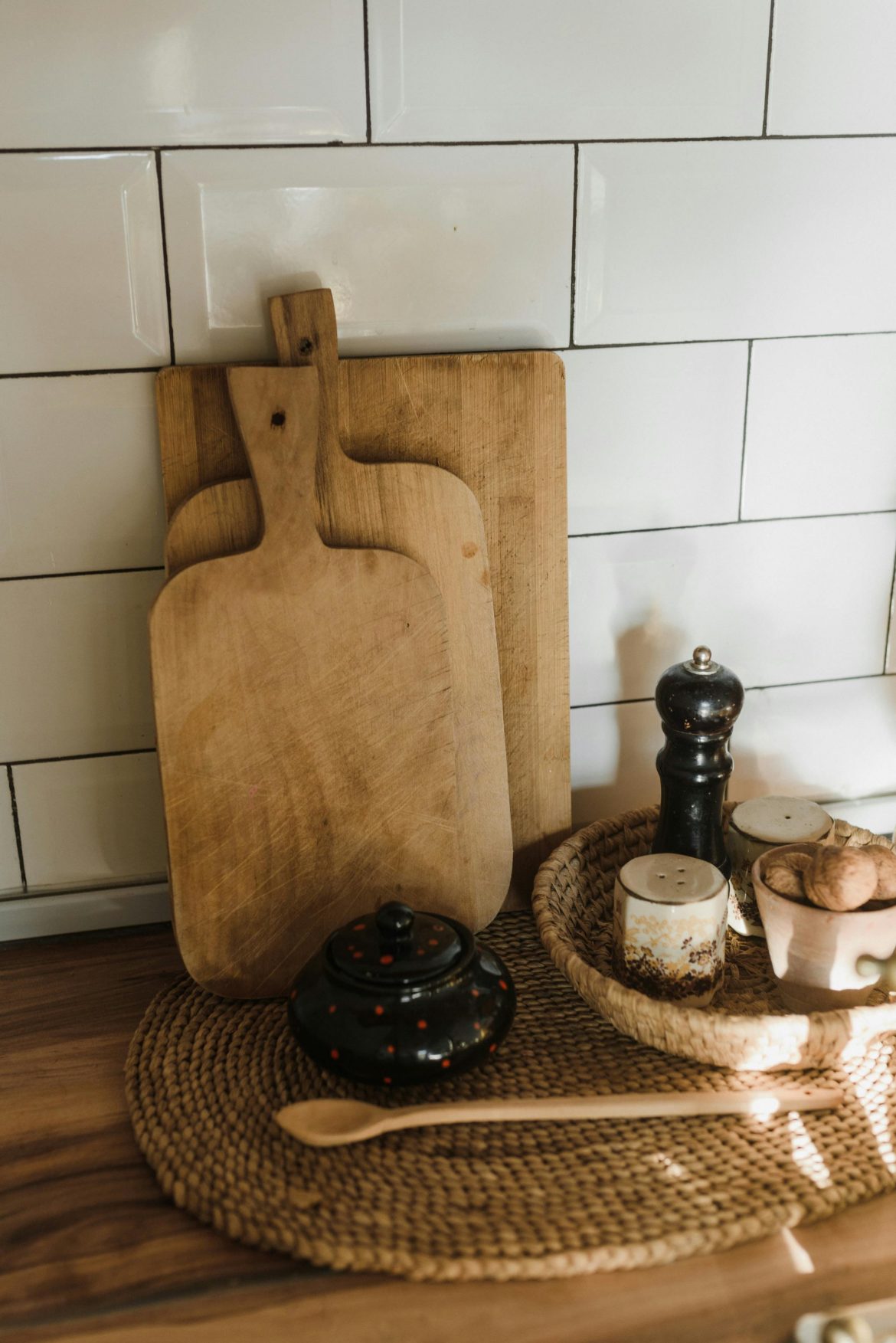The chopping board debate is as old as the kitchen itself: wood or plastic? For centuries, wooden boards took first place, trusted by our ancestors as the best surface for preparing dinner. But then the notion came around that plastic was a more hygienic, modern option. Since then, the argument has gone back and forth (like watching a tennis match), with new research constantly reshaping the narrative. So, which is truly safer to use?
Let’s cut through the noise.
Wooden vs plastic
Wooden chopping boards
- Pros: Gentle on knives, wood naturally has antimicrobial properties (especially eucalyptus and maple), is durable, and provides good value for money
- Cons: Wood can warp or crack if not cared for properly, is not dishwasher safe, and its deep crevices can potentially pose a contamination risk
Plastic chopping boards
- Pros: Easy to clean, most are dishwasher-safe, and lightweight
- Cons: Regular usage causes dents and crevices that pose a high risk of harbouring harmful bacteria, dulls knives, there is a big concern of plastic shedding microplastics into foods, and it is less durable over time
When comparing the pros and cons of each, wooden chopping boards easily trump plastic ones. Wood is naturally antimicrobial, does not dull knife blades, can last years, and is aesthetically pleasing, especially in home kitchens. The concern over whether the deep crevices can harbour harmful bacteria from meat juices and the like is a risk; current research has proven that the natural antimicrobial properties of wood, together with regular sanitation, are really nothing to worry about.
However, in commercial settings like your local café down the road that makes the best Eggs Benedict, plastic chopping boards seem more efficient and economical. Many plastic chopping boards today are dishwasher safe and super affordable, making them the first choice for professional kitchens. In fact, professional kitchens have separate plastic chopping boards for meats, seafood, fresh produce, and baked goods, to prevent the slightest risk of cross-contamination. But the concern over microplastics is growing.
The verdict
Wood or plastic: which chopping board belongs in your kitchen? Both wooden and plastic have pros that outweigh their cons. Wooden boards come out on top regarding aesthetics, durability, sustainability, and work well with knives. Plastic boards are efficient, affordable, and dishwasher-safe.
So the choice comes down to your personal preference, budget, and style. The only important aspect that stands out, no matter which board you own, is proper maintenance and sanitation. Don’t place your wooden board in the dishwasher, only for it to crack. Don’t use your plastic boards with many crevices and dents made from years of chopping.
How to sanitise your chopping board
Daily sanitation
- Use warm, soapy water with a soft scrubber to clean boards
- Rinse with clean, hot water
- Drip-dry the boards upright before storing them
Deep cleaning
- Deep clean at least once a month, or when boards are heavily soiled
- Scrub wooden boards with a vinegar, lemon and salt solution
- Soak plastic boards in a bleach solution for at least 10 to 20 minutes
- Wash with warm, soapy water
- Rinse with hot, clean water
- Drip-dry upright
Dos & don’ts
- Never soak wooden boards
- Never bleach wooden boards
- Store boards in a cool, dry, dark area in your kitchen (never in direct sun)
- If your plastic board has collected many crevices and dents, it’s time for a replacement
At the end of the day, there’s no one-size-fits-all chopping board. Wooden boards shine in durability and knife-friendliness, while plastic boards win points for convenience and easy sanitising. What matters most is how well you clean and maintain whichever board you choose. Keep it hygienic, replace them when they show deep wear, and you’ll be cutting safely for years to come.
Also See: When to replace your wooden cutting board
When to replace your wooden cutting board

